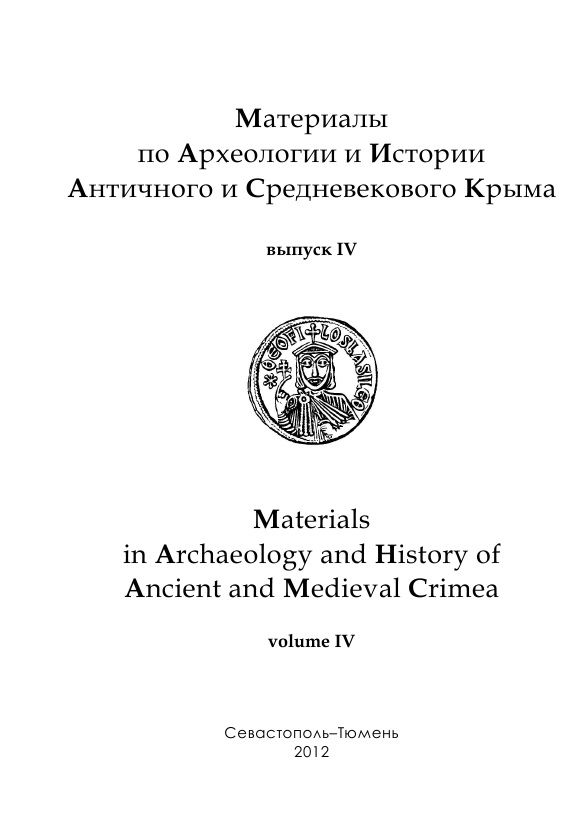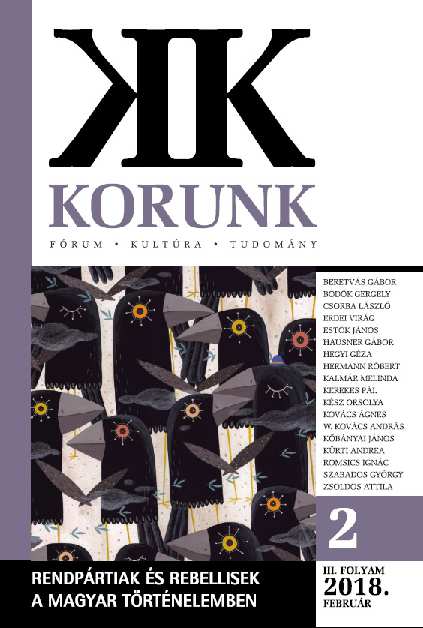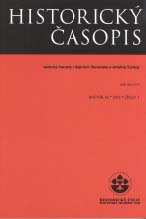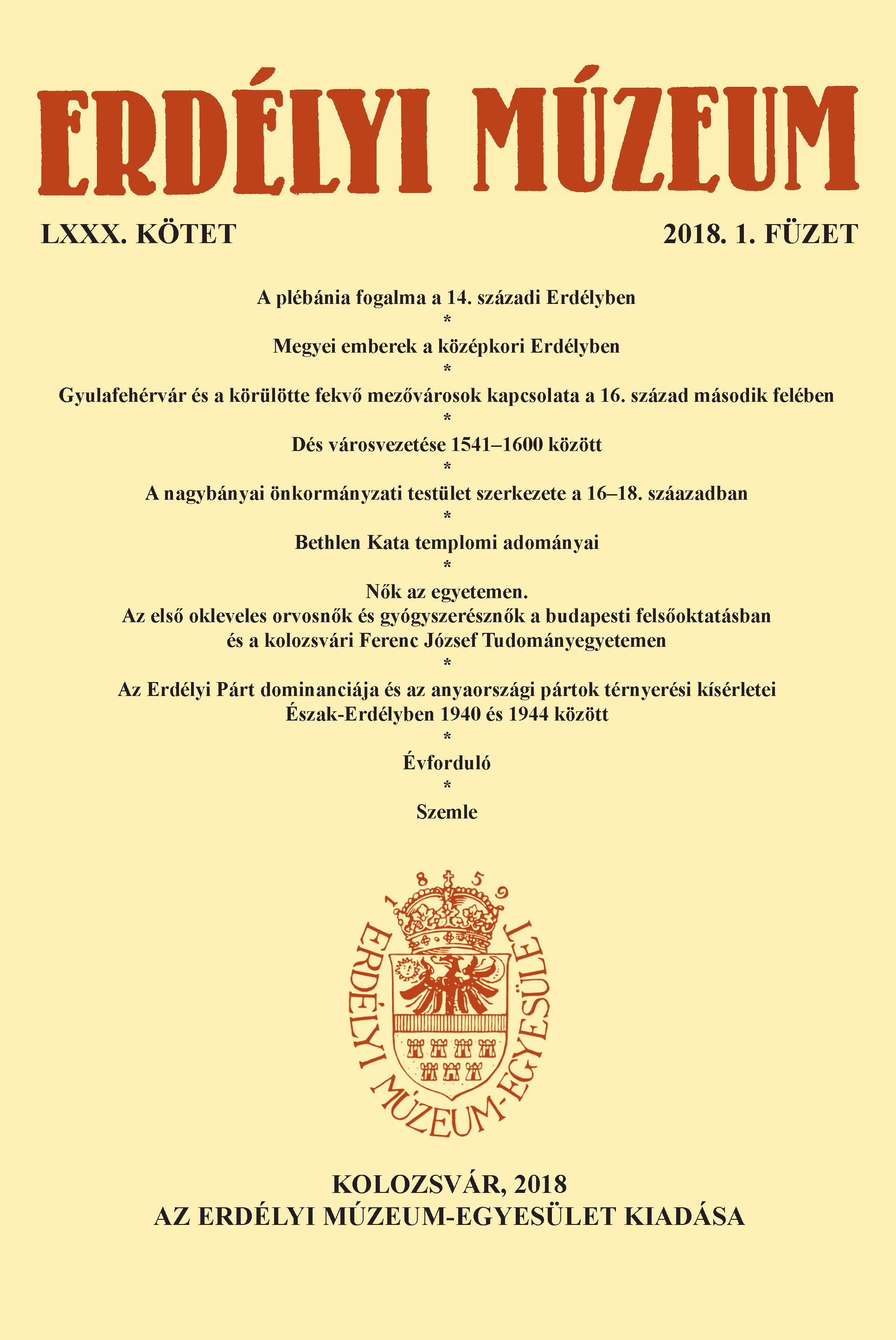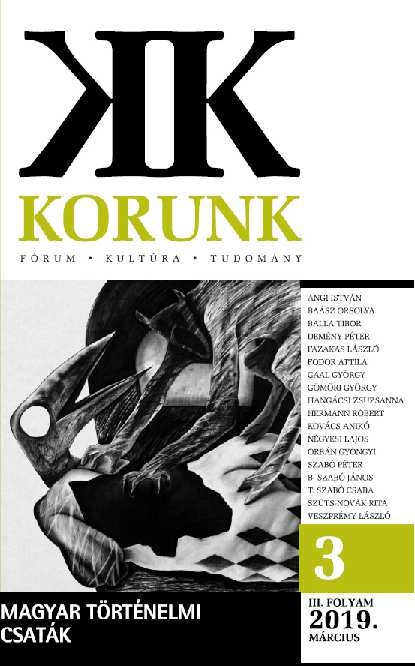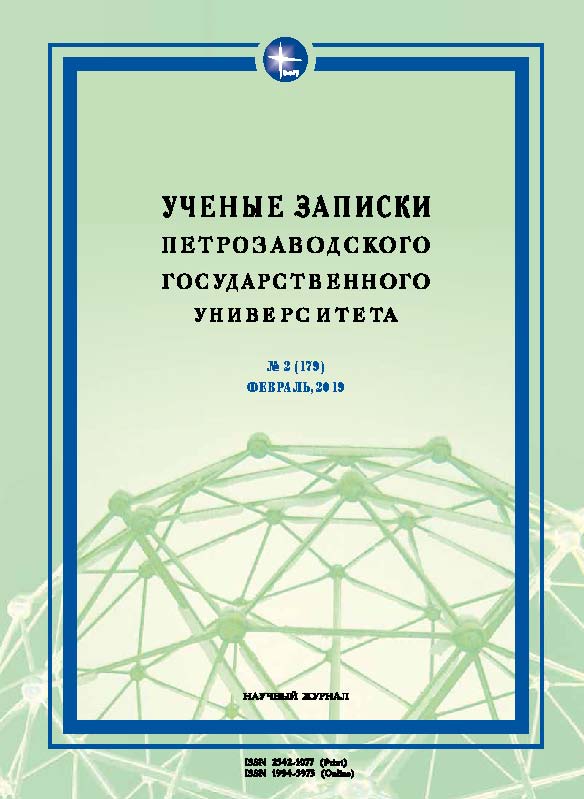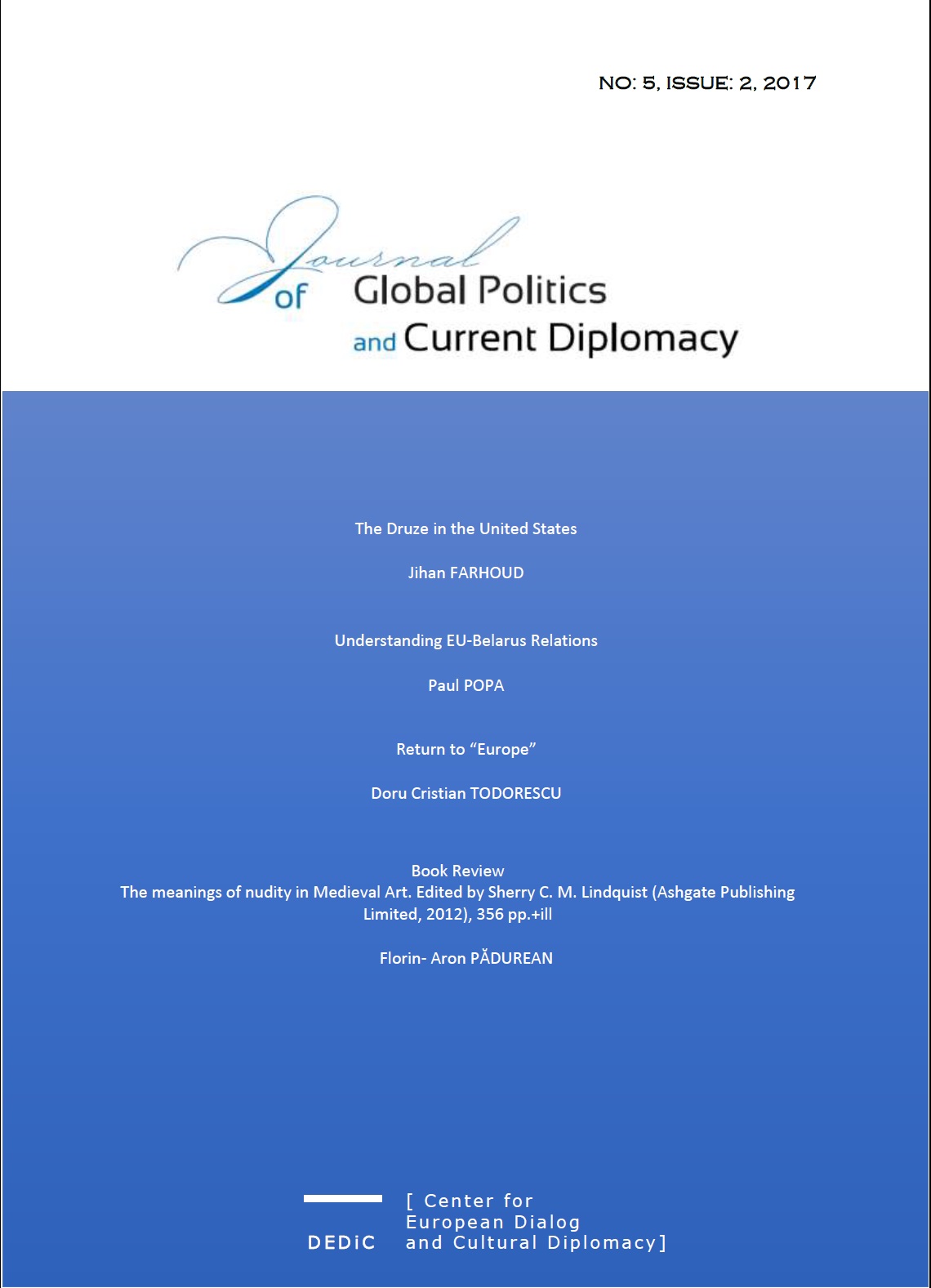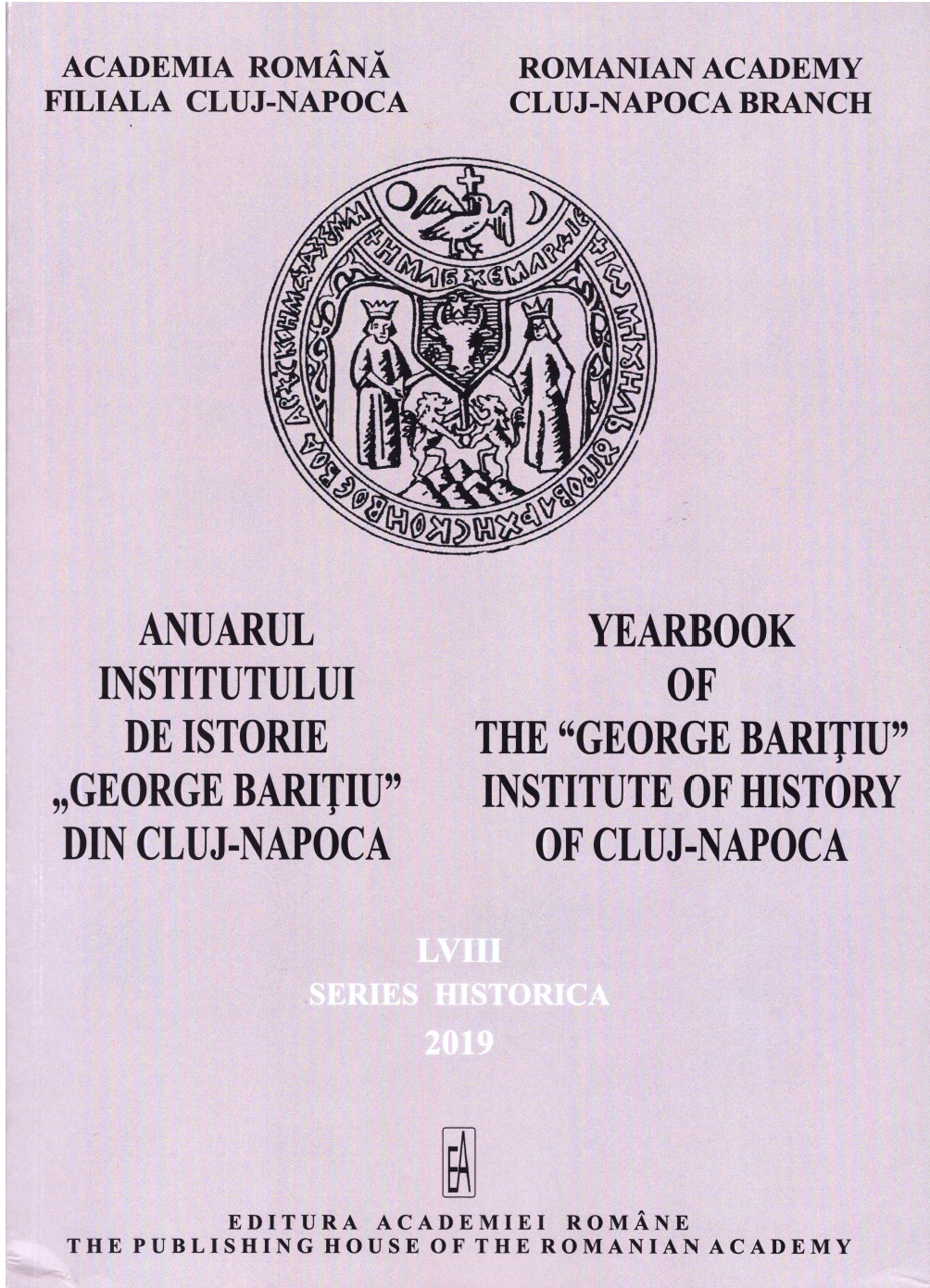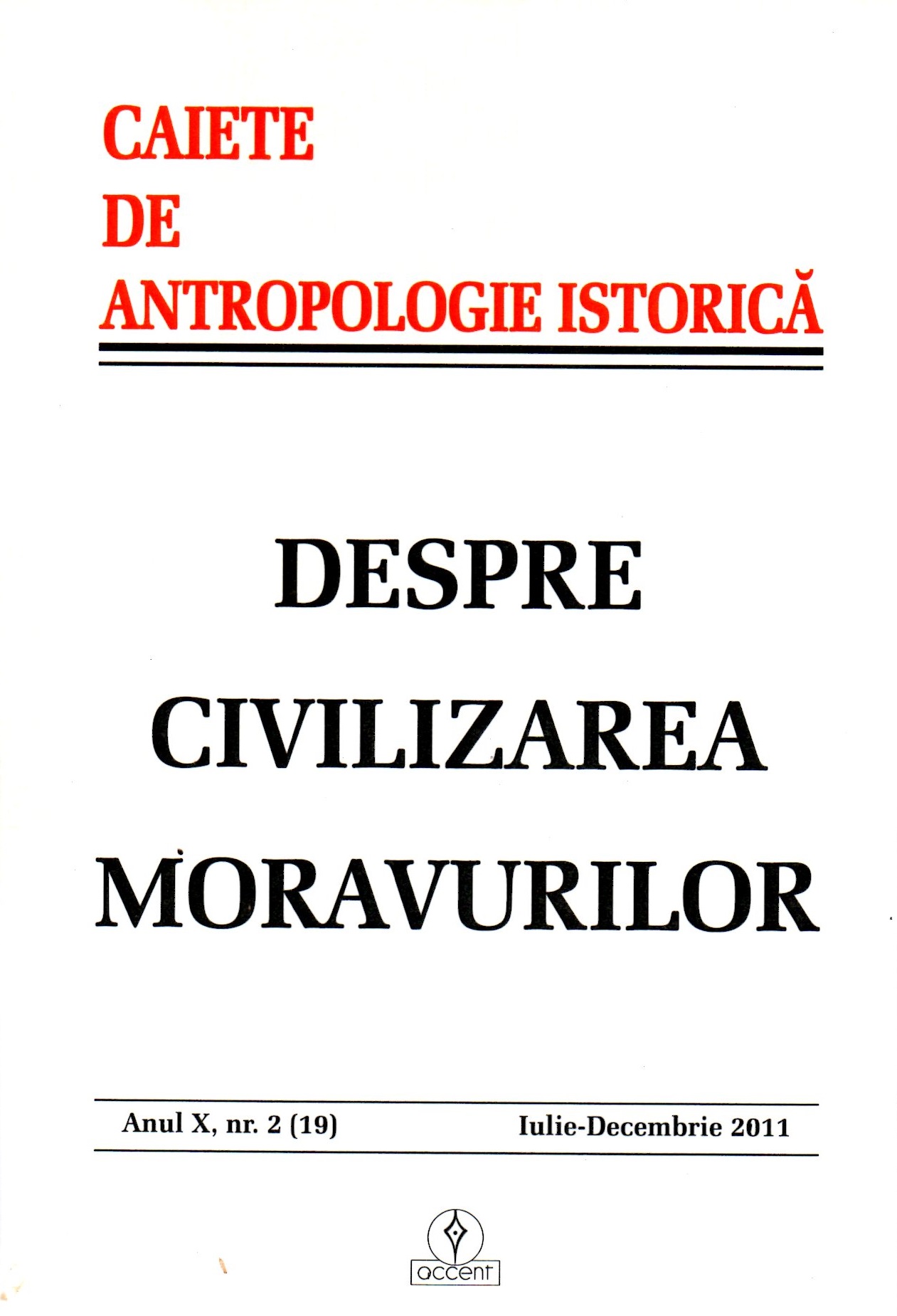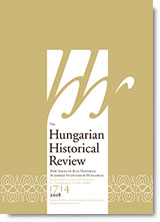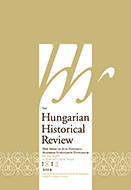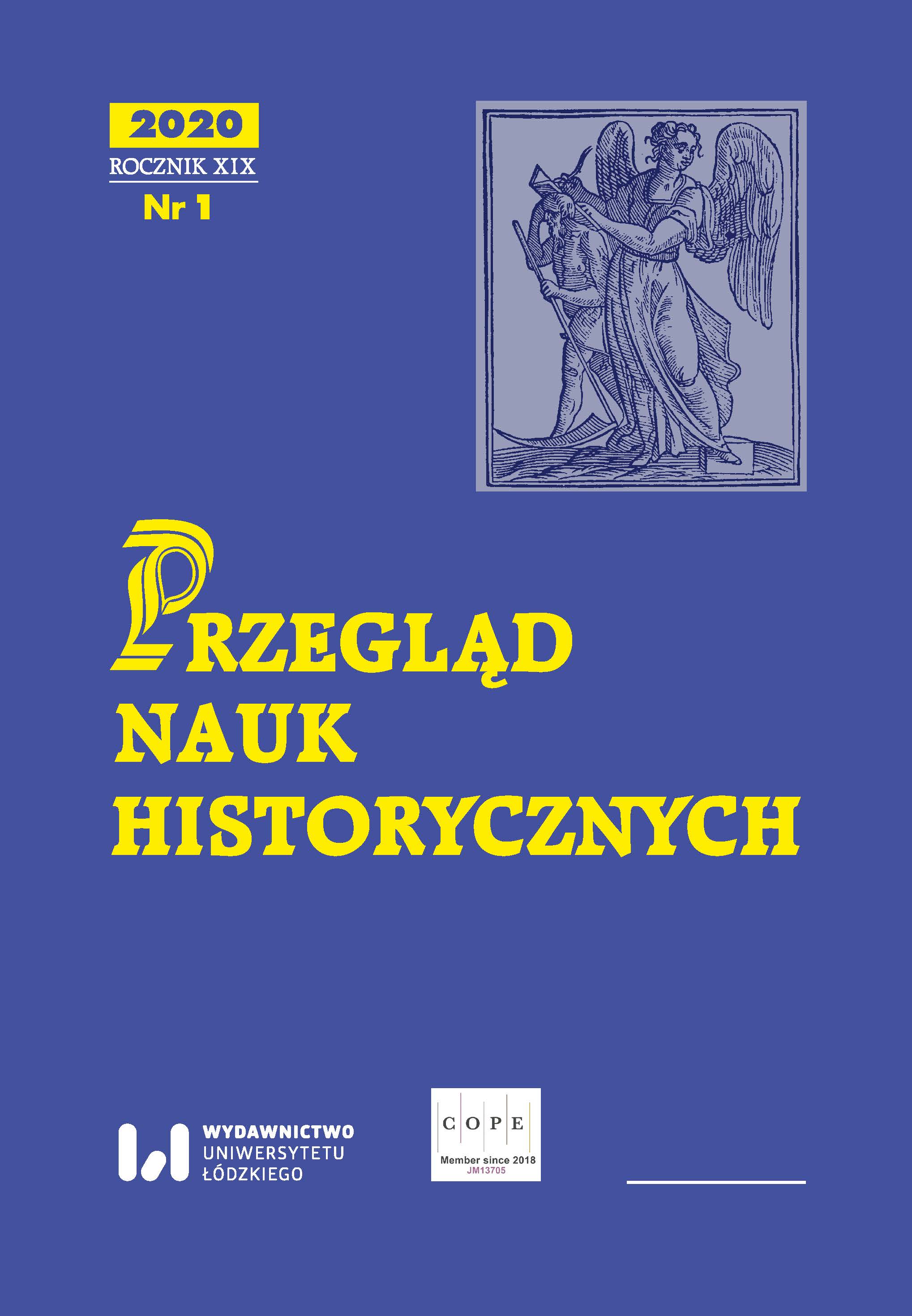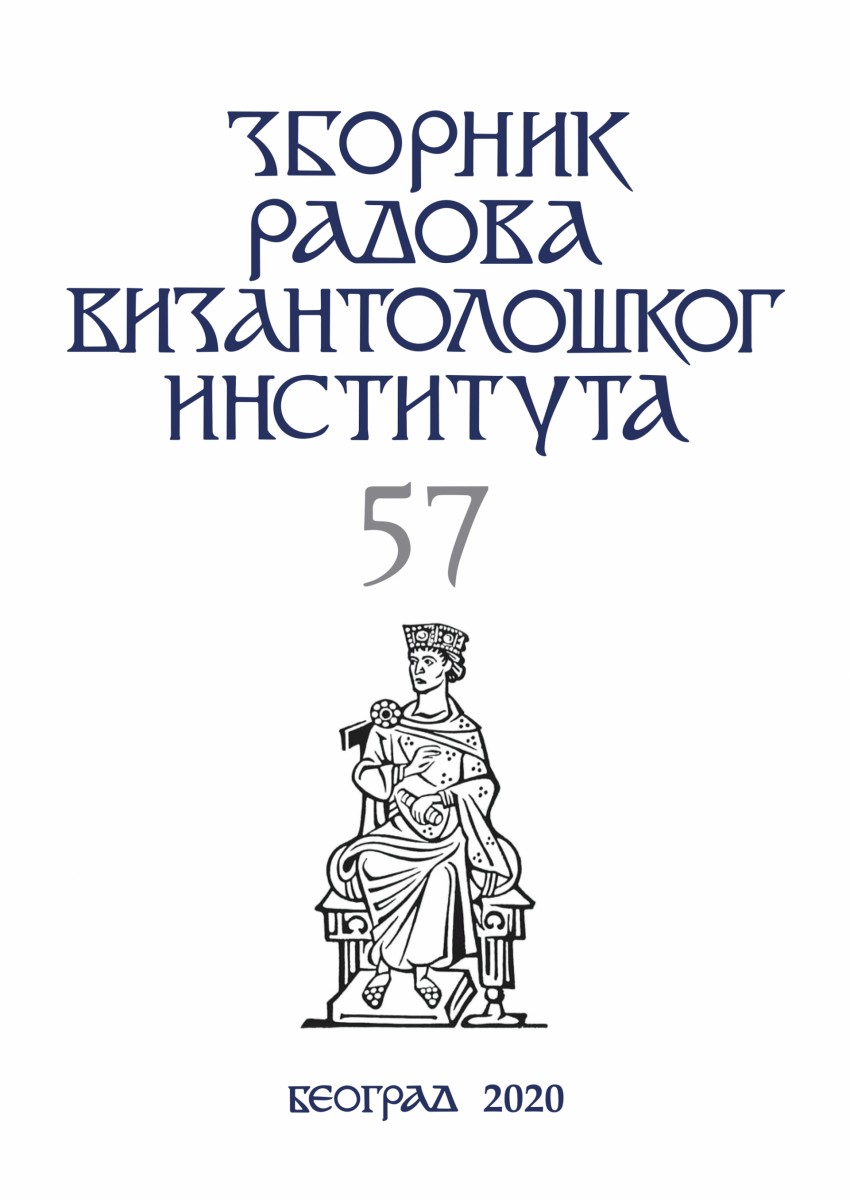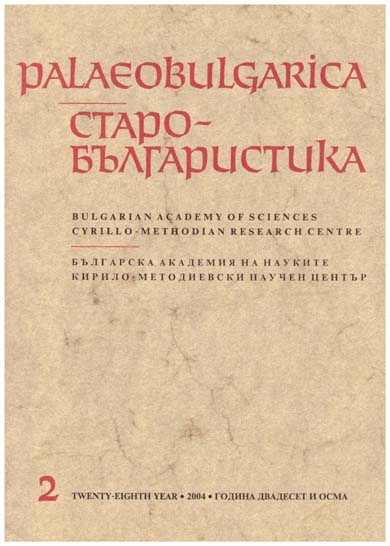
Четвъртият кръстоносен поход, превземането на Цариград и българолатинските отношения 1204–1207 г.
The relations are followed up of the Bulgarian Kingdom with the Latin Knights during the period from the spring of 1204 at the time when they besieged Constantinople to the death of King Kaloyan at the walls of Thessalonica (October 1207). The thesis is advanced that the objectives of the Bulgarian ruler changed depending on the concrete conditions. On the eve of the capture of Constantinople by the Latins he offered them divisions of the “Byzantine heritage” in the Balkans. After the refusal he sought an alliance with the Byzantine aristocracy in Trace and intended to establish a Bulgaro-Hellenic Empire with Constantinople as its capital. After the split of the Bulgaro-Hellenic alliance he started a total war against both Latins and Greeks. His naming Ρομαιοκτόνος (Romaiokiller) and Σκολοιωάννης (Skylojan “the dog loan”) was the result of a temporary attitude. In point of fact Kaloyan’s policy to a large extent favoured the consolidation of the remains of the Byzantine Empire and particularly of Nicaea and Empirus. This was its objective historical result which is usually overlooked and not appreciated properly by contemporary Byzantinistics.
More...
